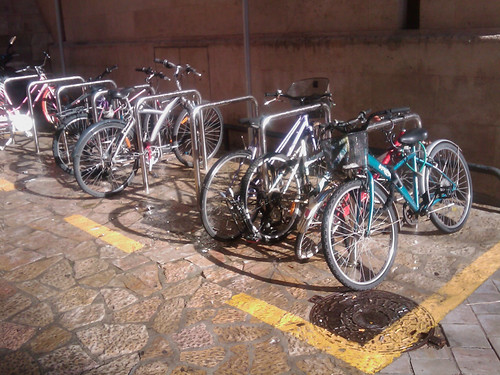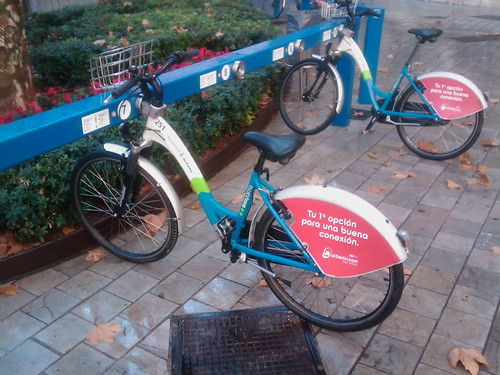I was fortunate to be able to spend the weekend in London, attending the first Cycling Embassy of Great Britain policy bash (#CEoGBBash on Twitter) where we discussed many and varied topics and covered a wide range of issues relating to our desire to see gold standard cycling infrastructure which will enable all sorts of people to take advantage of the simple wonder of riding a bike from here to there.
As well as the fascinating debates and conversations, it was also rewarding to be able to put faces to names, and associate those faces with twitter handles and blogs. It certainly is a powerful tool this interweb thingy, but never more so than when it is enabling people to get together in a room and make plans.
We began with a quick reminder of the Embassy tour of the Netherlands last year, when some lucky souls got the chance to sample this advanced cycling culture at first hand - surely something we wish many more policy makers and engineers from this country were able to do. Then, we began to set out the themes and key issues that would occupy us for the weekend. It was determined that we should break into two main groups, one looking at infrastructure issues and the other looking at policy matters. Each group was tasked with exploring the themes identified earlier and cross reporting after the regular discussion sessions. It is the aim that the written-up results of these discussions will find their way onto the Embassy Wiki shortly, for wider debate and consultation.
Highlights of the weekend for me were, in no particular order of importance, the inspitational summary of Embassy aims and ambitions for getting our message out there, delivered in style by Mark Ames of ibikelondon, and the eye-opening infrastructure design session that resulted in a phased proposal for creating separated cycling infrastructure around a typical UK roundabout. And of course the plenary session in the pub on Saturday night, where the real work was done.
However one idea really stood out for me, biased of course as I am, which is that design is the solution to so many questions - be it setting out a cycling network to inform decisions about what and where infrastructure is required or in understanding how spaces can be used or occupied. Making good design decisions and following a recognised process of carrying out your analysis, formulating a strategy, creating a concept and setting that within a framework which you rigourously test is such a strong approach and I am grateful for my architectural training which has equipped me to think in such a way.
I return to Cardiff tired but energised, thoughtful and re-enthused. I look forward to seeing some of the great ideas we had come to fruition and forsee a strengthening of networks and the relationships made.






